Do Bananas and Peaches Have More Sugar Than Bananas?
Do peaches and bananas have higher sugar contents than bananas?Both peaches and bananas are nutrient-dense fruits that are rich in vitamins and minerals. Both have a high fiber content and are low in calories and potassium.
Peach harvest dates can be determined using a variety of ripeness indexes. Chlorophyll concentration, hardness, sugar and acidity contents, skin color shift, and backdrop color change are a few significant indicators.
Bananas
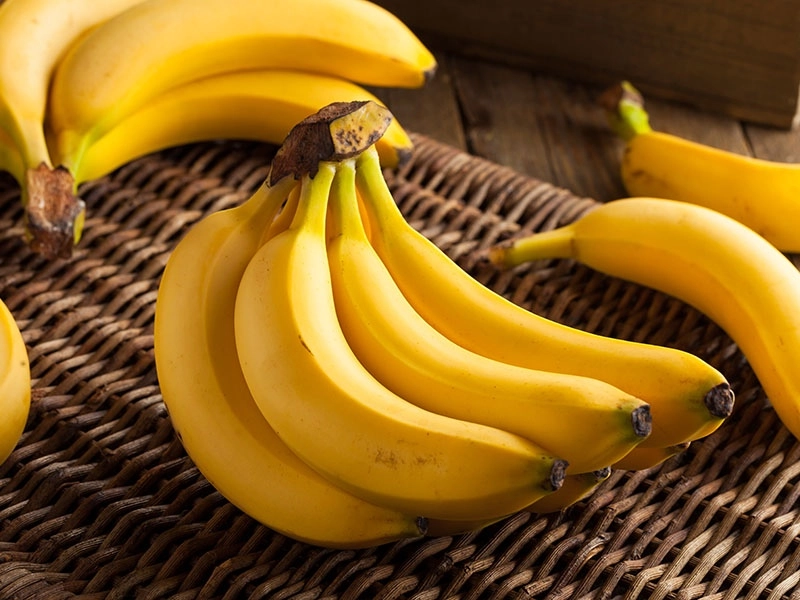
In the US, bananas are among the most widely consumed fruits. They provide an excellent supply of vitamin C, dietary fiber, and potassium. They also supply folate, pantothenic acid, and riboflavin.
In addition to non-starch polysaccharides like cellulose and hemicellulose, which are regarded as dietary fiber, they also include sugars (fructose and glucose). The antioxidants lutein and zeaxanthin are also present in them, and they aid in preventing age-related macular degeneration.
The natural sugar found in bananas and other whole foods, as opposed to refined sugar, aids with blood sugar regulation. The processed sugars in many drinks and candies are not as easily metabolized by our bodies as the sugars present in bananas and other fruits.
Peaches
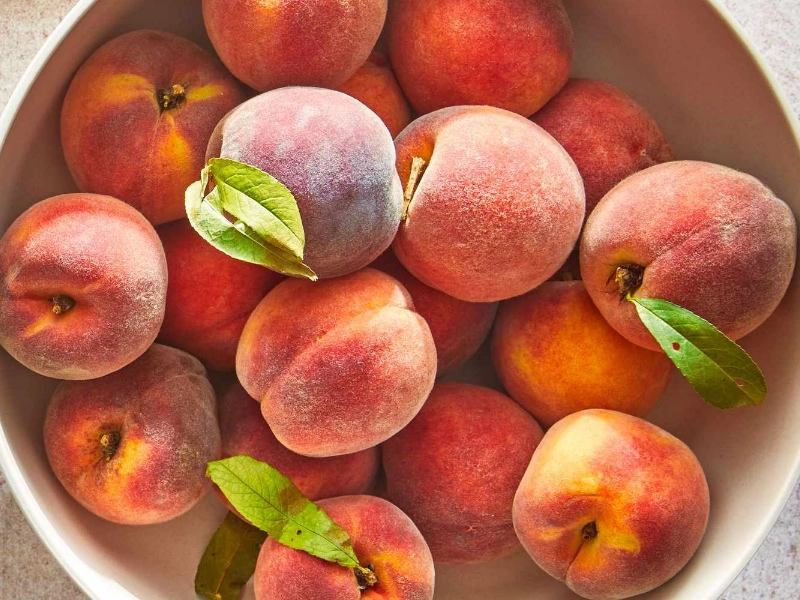
Sweet and fuzzy, peaches are a great source of vitamins and potassium. Their sugar content fluctuates based on a number of conditions, just like other fruits. There are roughly 13 grams of natural sugar in a medium-sized peach.
For those who are controlling their diabetes or following a low-sugar diet, the quantity of sugar in a peach may be higher. However, when consumed in moderation, peaches' natural sugars pose no health risks.
Peaches can be enjoyed by those who want to reduce their intake of sugar by including them in yogurt, smoothies, or baked goods. To reduce the rate at which sugar enters the system, they can also be consumed in combination with foods high in protein.
Cantaloupe
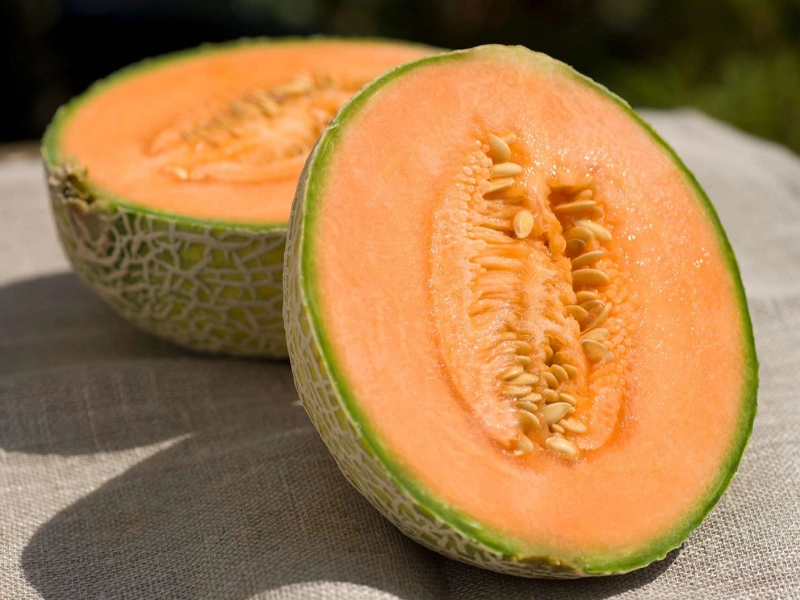
Cantaloupes have a lot of sugar, but they also have a lot of fiber, vitamins, and minerals. A medium-sized cantaloupe supplies the body with antioxidants, potassium, vitamin C, and roughly 13 grams of sugar in addition to 1.6 grams of soluble and insoluble fiber.
This summer melon is low in calories, fat, and sodium. It is also referred to as muskmelon or honeydew melon. It has high levels of folate, potassium, vitamin A, and C.
Because of its high water content, melon is a great option for staying hydrated, especially in the summer and after strenuous exercise. Taste it in fruit kebabs or blend it with other fruits and unsweetened yogurt in smoothies.
Blueberries
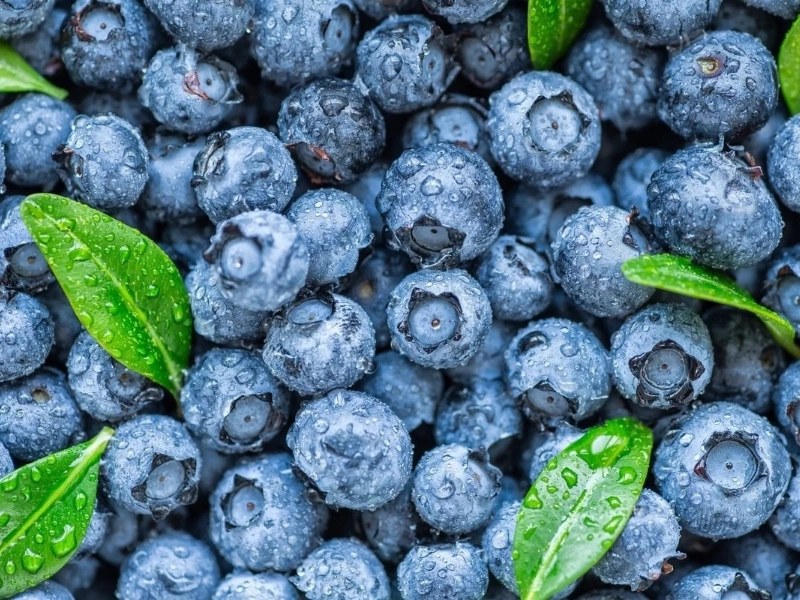
Vaccinium corymbosum, or blueberries, are a widely consumed and versatile berry. They are a great on-the-go snack because they are sweet and don't take much work to prepare. These little powerhouses are packed with nutrients that fight disease, such as fiber, anthocyanin, and vitamin C. Additionally, blueberries are proven to improve cognitive function and lower the risk of age-related macular degeneration.
A medium banana has less potassium than two tiny peaches, which can help decrease blood pressure. Enjoy these fuzzy favorites on their own or as a healthy topping for granola and low-fat yogurt for breakfast or dessert. Try making a parfait with two tablespoons of high-fiber cereal, six ounces of nonfat Greek yogurt, one-fourth cup of blueberries, and a sprinkle of chia or walnut seeds.
Pineapple
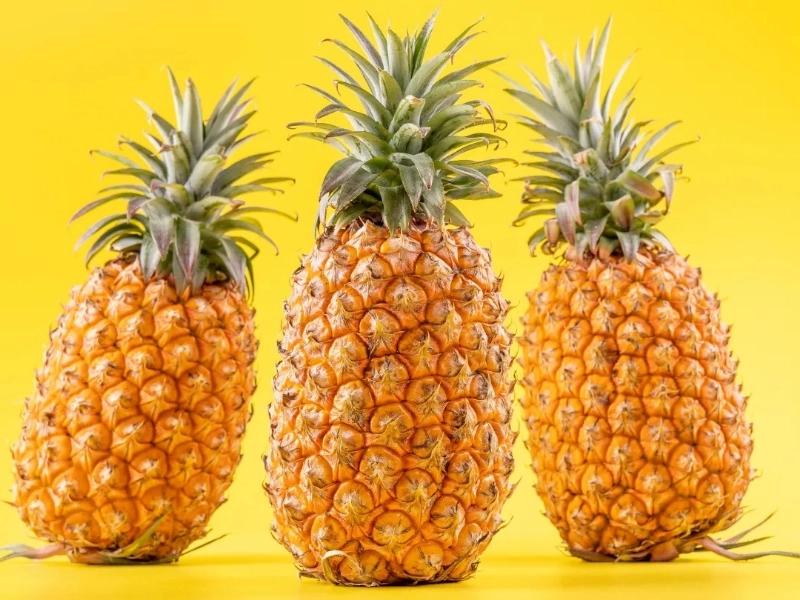
Tropical fruits like pineapples were introduced to Europe following Christopher Columbus's voyage to the Americas. They are nutrient-rich and have been used for ages to heal inflammation and digestive issues.
Dietary fiber, found in pineapples, promotes healthy digestion and wards against constipation. It also offers a good amount of potassium and vitamin C, two nutrients that are necessary to keep blood pressure levels within normal ranges.
Pineapples have a high sugar content, just like bananas. They can be added to salads, smoothies, and desserts, fresh or cooked. They make a tasty combo that is beneficial to skin health and can lessen the signs of aging when eaten with bananas.
Pears
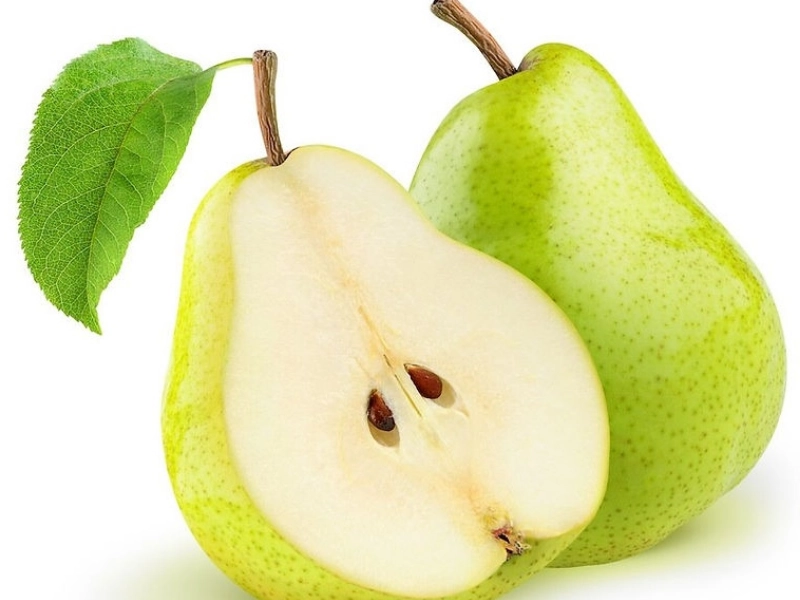
On the lowest end of the sugar spectrum, a medium-sized peach has 13 grams of sugar. However, they contain a lot of soluble fiber, which helps with digestion and fullness, just like other fruits.
They also include vitamin C, which strengthens the immune system and guards against cancer, heart disease, and stroke. Peaches are minimal in fat, cholesterol, and salt and high in antioxidants.
Peaches enhance the flavor of salads, salsa, and grain bowls and go well with a wide range of other dishes. They can make a great snack on their own or as a complement to desserts. They can reduce the number of empty calories in drinks and provide a wonderful replacement for sweetened beverages.
Stay Updated
Actionable growth insights, once a week. No fluff, no spam—unsubscribe anytime.
You May Like
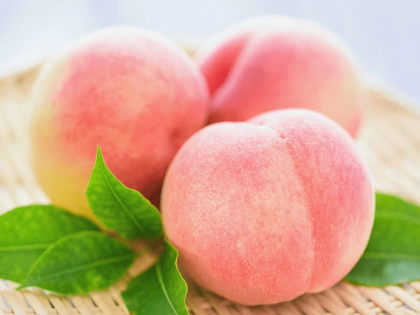
Can a peach help you lose weight?
07/31/2025
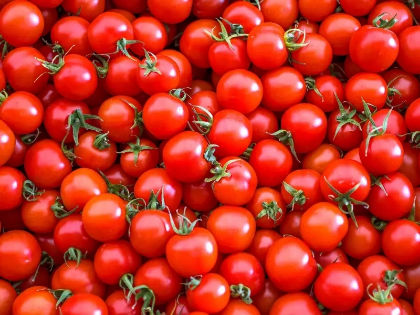
Does eating tomatoes help your colon?
07/22/2025

Hamsters Can Be Noisy at Night, But There Are Ways to Minimize the Racket
07/07/2025
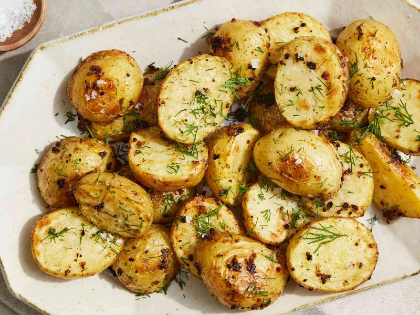
Are Potatoes Bad For Cholesterol?
08/10/2025
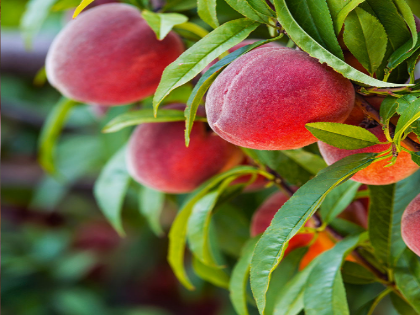
When Should I Eat Peaches?
07/09/2025
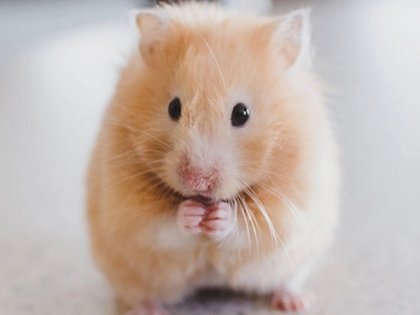
What Can't Hamsters Eat?
08/26/2025
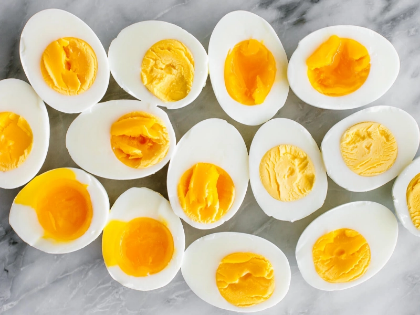
Is 2 Eggs a Day Too Much Cholesterol?
07/16/2025
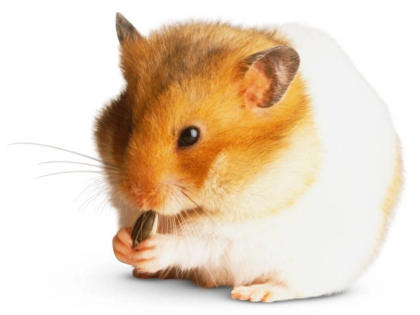
How Do I Know My Hamster is Happy?
07/31/2025
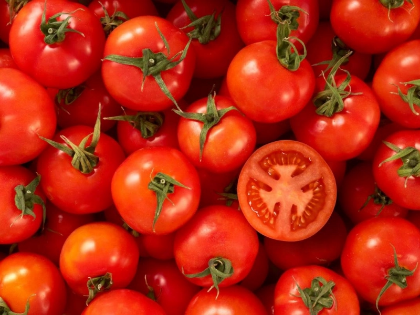
Are Tomatoes Good For Your Liver?
07/08/2025
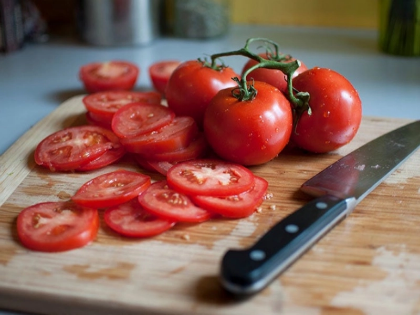
Can tomatoes boost your metabolism?
07/18/2025
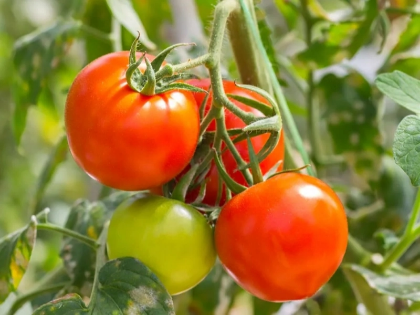
Do you get energy from tomatoes?
06/22/2025

And how can I make my hamster content?
06/23/2025
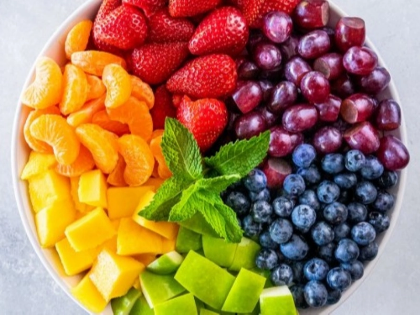
Which Fruit Has No Sugar?
07/08/2025

Do Hamster Bite Wounds Hurt?
08/24/2025
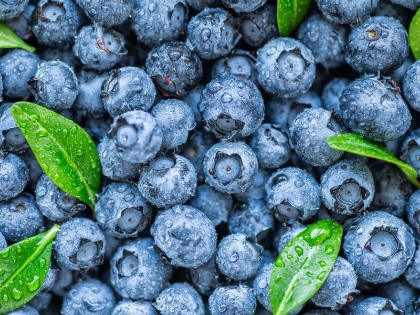
Do Bananas and Peaches Have More Sugar Than Bananas?
06/17/2025
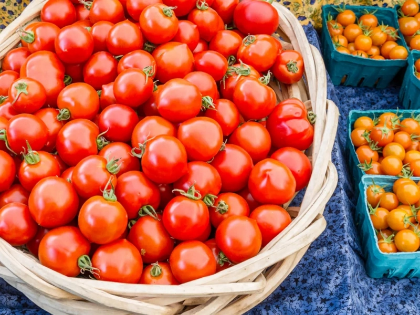
Which Part of a Tomato is Best For You?
07/15/2025
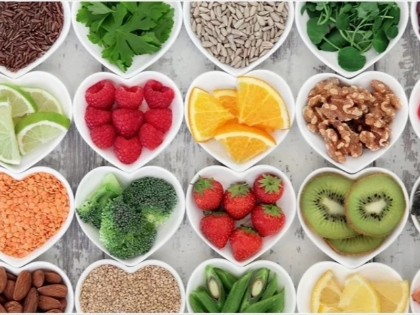
Which Fruit is Lowest in Sugar?
08/18/2025
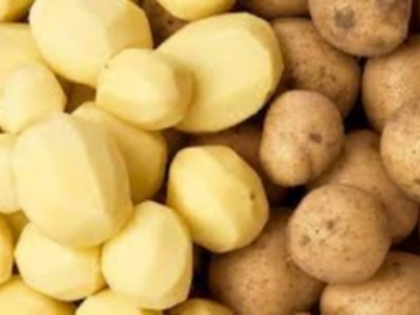
Are Potatoes Easy to Digest?
07/01/2025
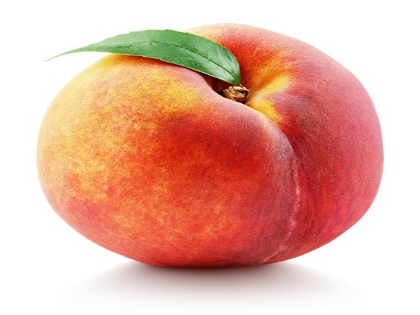
Are Peaches Good For Wrinkles?
07/08/2025
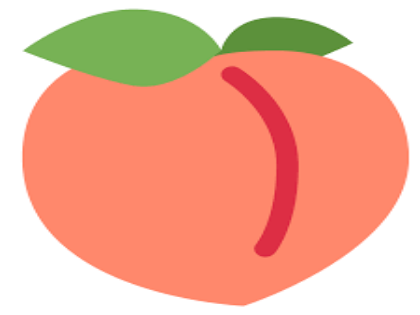
Do peaches benefit the kidneys?
07/28/2025
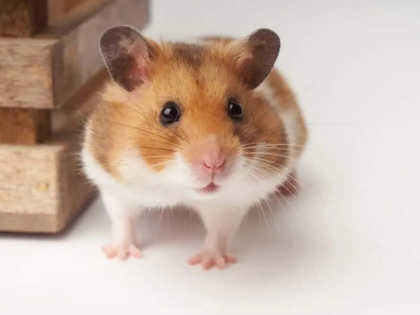
Do hamsters enjoy silence?
08/03/2025
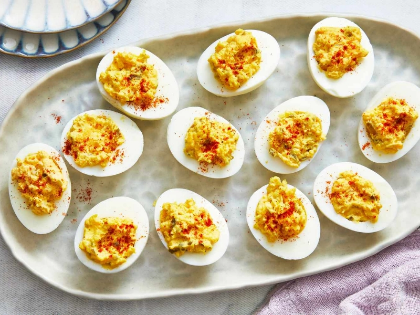
Do boiled eggs have health benefits?
06/12/2025
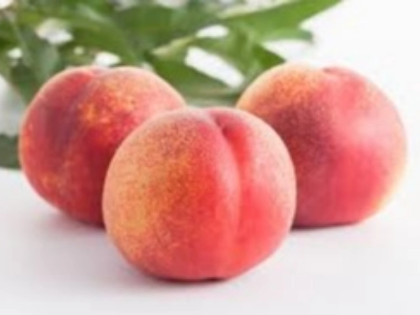
Do peaches prevent ageing?
06/28/2025
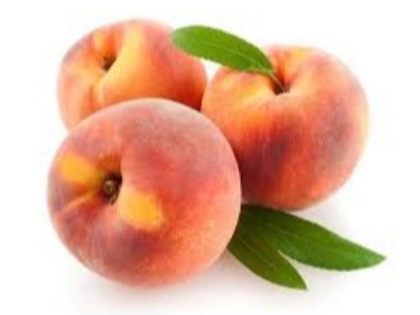
Are Peaches Good Or Bad For the Liver?
06/30/2025
Comments
DuskTelemetry · 06/19/2025
Keeps cognitive friction minimal.
RadiantAtrium · 06/07/2025
Could fuel a metrics dashboard.
QuantumSprout · 07/13/2025
Highlights hidden cost centers.
EmberNavigator · 09/02/2025
Enables reversible architecture moves.
PineVoyager · 06/08/2025
Encourages regenerative iteration.